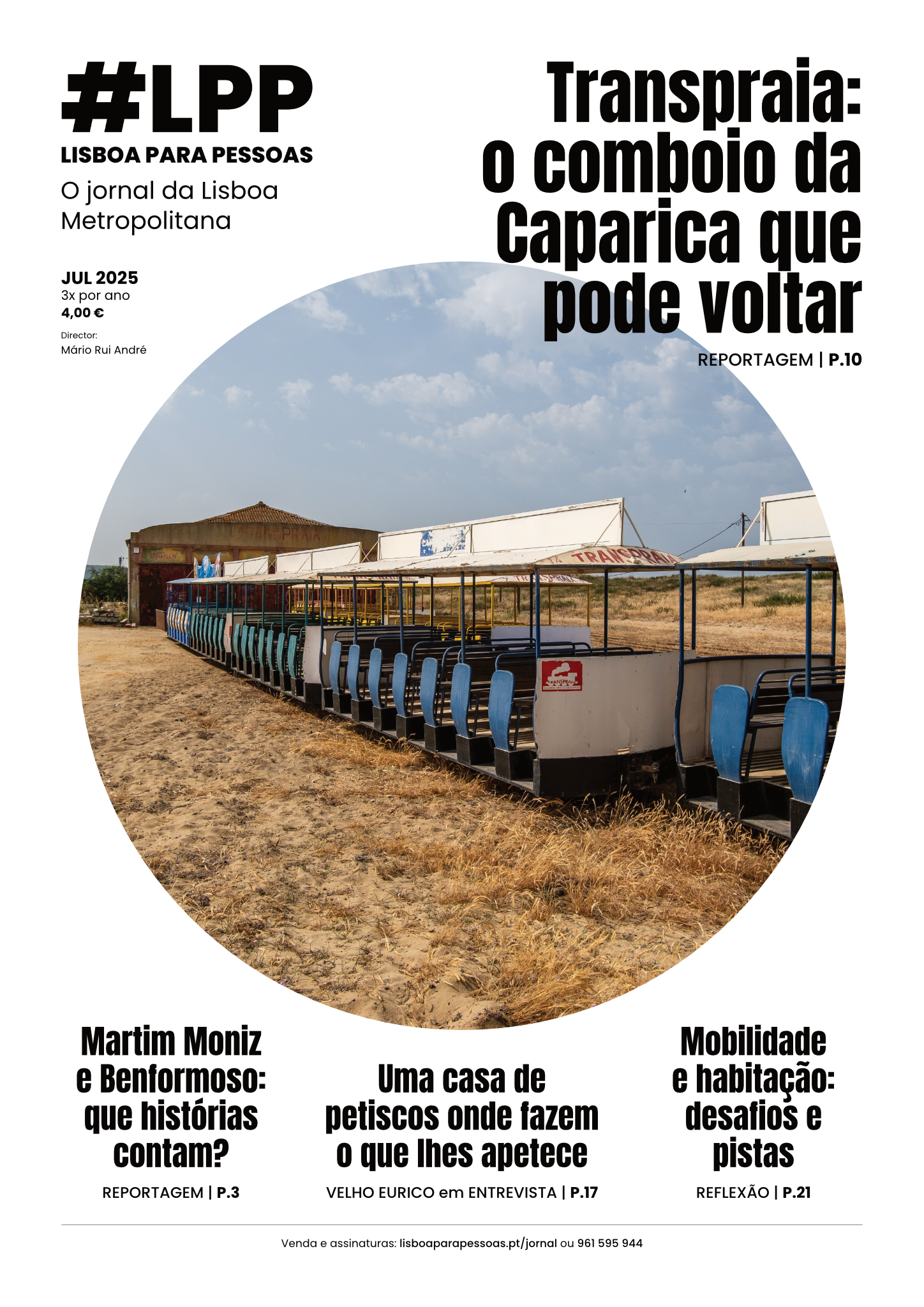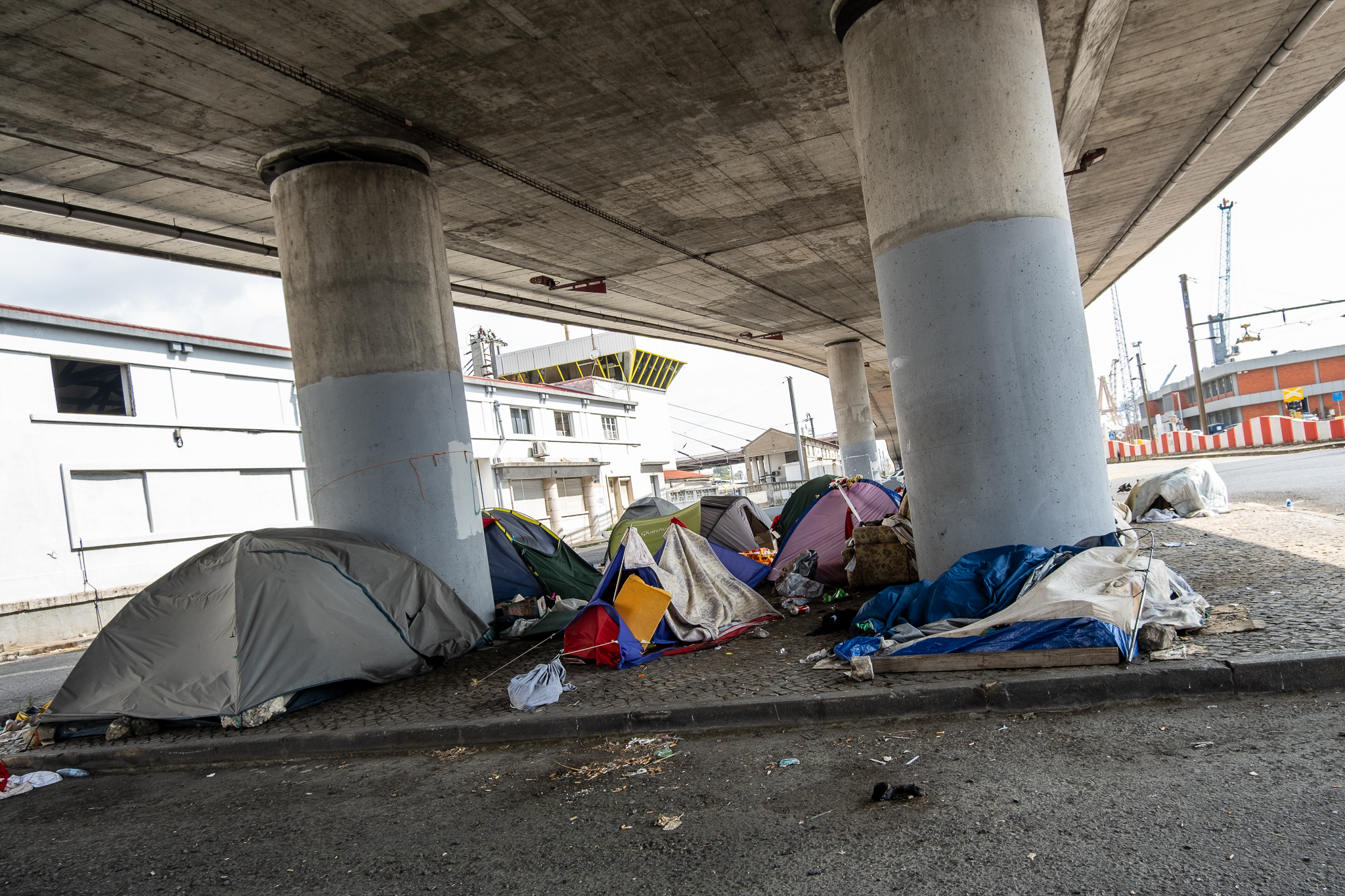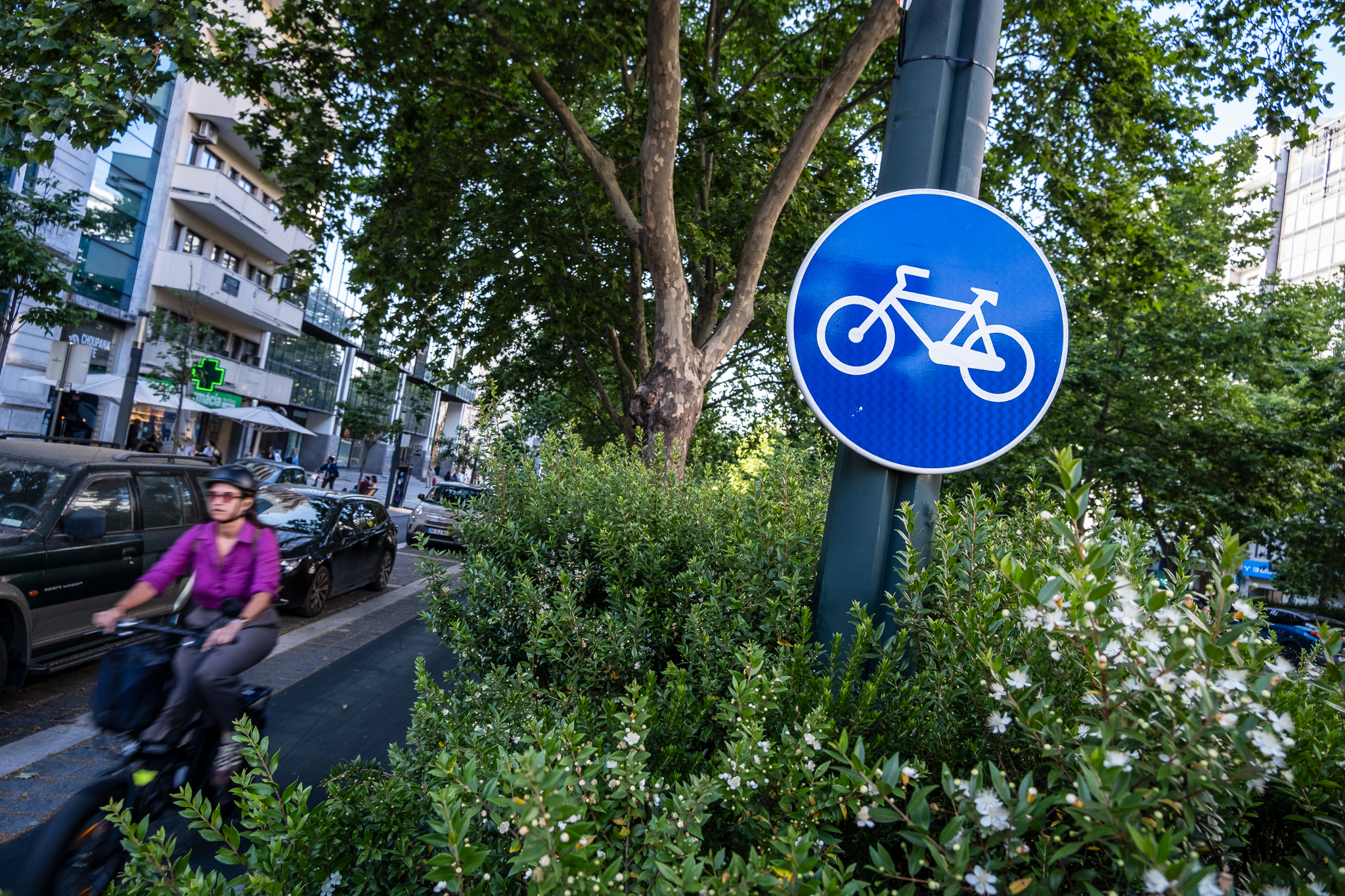
It's called Fancy Women Bike Ride and the idea came about in Turkey: gather a large group of women, dressed in their best clothes, to ride together on their flowery bikes. The first ride was organized in 2013 via Facebook and was a success with 500 participants in the city of Izmir. From there it went on to become an annual event, a celebration of the bicycle and also of women, and has been held in over a hundred cities. Lisbon will officially join this year.
Catarina Cabral e Sheyla Ventura met because of cycling... and Twitter. In 2020, Catarina had found an article about the Fancy Women Bike Ride and shared it with Sheyla, who ended up organizing an informal meeting with a small group of friends. This year, she was challenged by one of the movement's founders, Pinar Pinzuti, to do something serious. She approached Catarina to help with the organization and together they embraced the initiative. The date has been chosen: September 19, the "official day" of the Fancy Women Bike Ride (the rides take place on the same day in the various cities), at 4 p.m.; and they also have official pages at Facebook, Twitter e Instagram, and for this year's event.
Neither Catarina nor Sheyla know exactly what the tour will be like. They know that it will be around five kilometers long (a "demand" of the movement) and they want it to be in a flat area of the city with a good range of cycle paths, so that it can be accessible to women with less cycling experience. They also want there to be GIRA bike-sharing facilities nearby, so that anyone who doesn't have a two-wheeled "friend" can join in anyway.
We met Sheyla and Catarina at a small gathering in the garden in Santos, where they were exchanging ideas and defining the route. They were thinking of a route along Cais do Sodré to Alcântara, passing through there, but everything is still open. For now, it's just a hypothesis, but they're sure they'll come up with something. In the meantime, Sheyla is already thinking about playlist; you want to have a soundtrack for the event and a small speaker in your Gigi - as he named his bike. Catarina floats the idea of being able to make the link in advance so that participants can add the songs to their phones and perhaps add suggestions.
This is meant to be a walk fancyTherefore, the idea is for all the participants to dress up in their dresses and decorate their bikes with flowers, balloons and other colorful elements. They won't be linked to any associations or political parties - the intention, they say, is just to be an outing for women, a gathering where they can have fun and meet new people beyond the bubbles of Twitter or the Critical MassFor example - ladies and young women who also cycle or are just starting to cycle, and do not (yet) ride on these circuits. Men will be allowed, but only in the back row.
A very masculine world
Bicycle use does not depend on gender, although statistically there are more male users of this mode of transport. According to a survey carried out by the Instituto Superior Técnico in Lisbon in 2020, based on manual counts carried out at various points in the city, it was found that 25% of people who use bicycles are women, "approaching the average value of other European cities".
The report details:
"The spatial distribution of the proportion of female cyclists shows some relationship with the presence of segregated roads. The low presence of women cycling in places without cycling infrastructure could be interpreted as an indicator of less safe cycling. However, there is a considerable female presence in places without cycling infrastructure such as: Av. Almirante Reis, Benfica and Lumiar, Rato, Martim Moniz, Rossio and Terreiro do Paço."
"The feeling of comfort together with the perception of safety when using the bicycle as a mode of transport on road infrastructures has a greater influence on the use of the bicycle by women"Mário Meireles, engineer, president of Braga Ciclável, an activist for urban mobility by bicycle, writes in his doctoral thesis presented last year. The presence of women using bicycles as a means of transportation in a city tends to indicate that the city's cycling infrastructure is safe. "Thus, a low use of the bicycle as a mode of transport by women in a given city can be an indicator of an unsuitable infrastructure for bicycle use"Mário explains, drawing on the literature.
The investigator details that "women are usually associated with groups that are more sensitive to dangers and less likely to take risks that jeopardize their physical integrity". Literature "(...) points out that when the number of women using bicycles in a city is low, it means that the city does not guarantee the necessary safety, comfort and convenience for cycling".
In Lisbon, the number of women using bicycles has been increasing, which may indicate that the city is on the right track in terms of infrastructure. Even so, those who cycle in the city are mainly men - 75%, according to the Instituto Superior Técnico counts cited above. This fact, common to other cities, will lead to women who use bicycles as a means of transportation feeling the urge to meet and build a strong community, as a way of claiming their belonging to the cycle paths.
In addition to the Fancy Women Bike Ride, which is now coming to Lisbon, a cycle workshop is also organized here for women (all of them), trans and non-binary people; it's called FEMALE and seeks to be "a safe space, with a relaxed atmosphere, equal opportunities and without prejudice". "We are women, trans people and NB, non-cis. We know how to repair bicycles, we're strong enough to tighten a screw, and we don't like having our tools taken out of our hands"is one of the phrases in FEMINA's manifesto. This cycle workshop wants to open its doors once a month, on a Thursday, at a location to be defined and announced. on social media.






